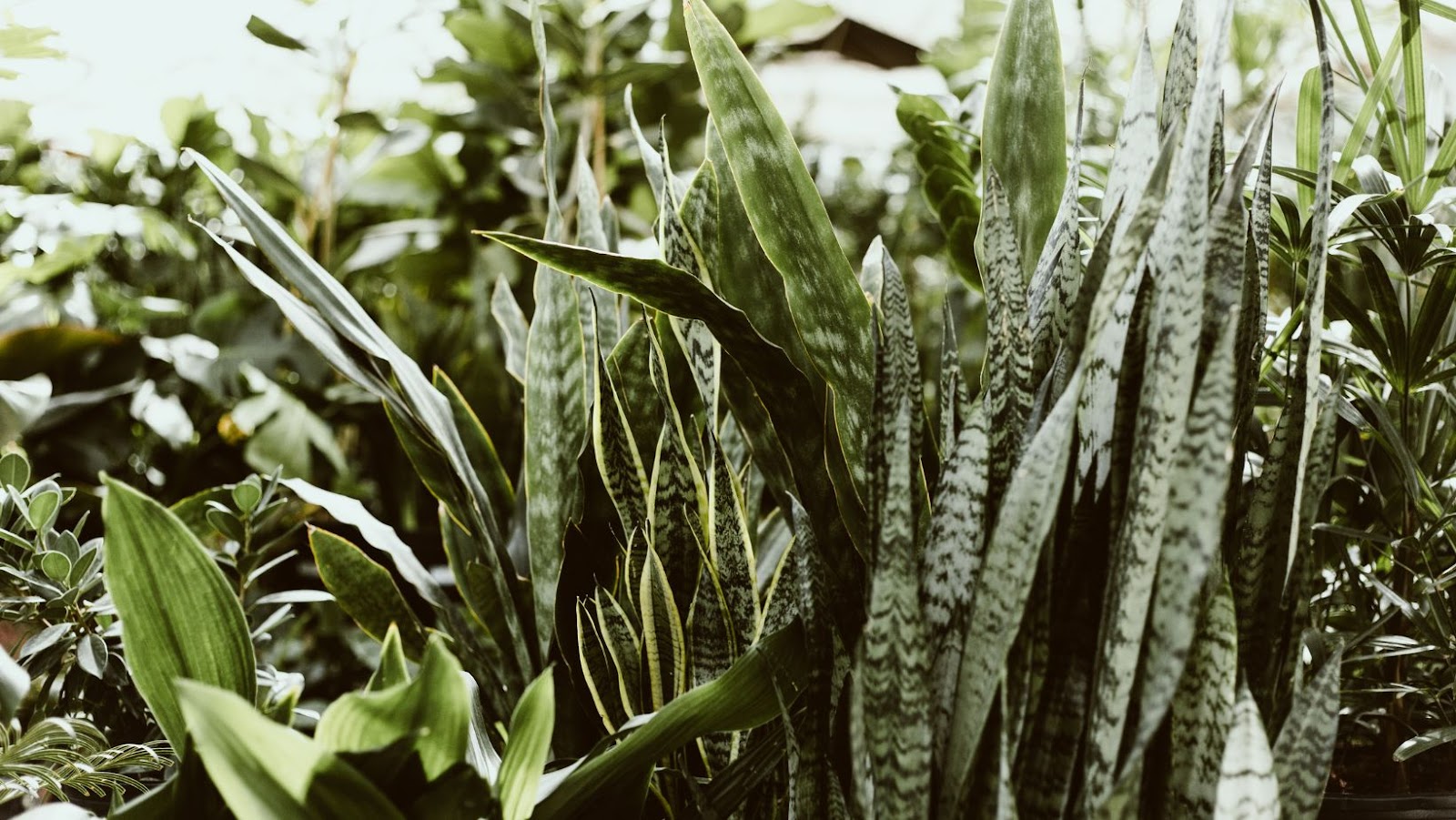If you’re thinking about adding a snake plant to your home, you might be wondering what type of soil is best for them. While snake plants are relatively easy to care for, making sure they have the right type of soil is important for their health. In this blog post, we’ll share some tips on selecting the best soil for your snake plant and provide information on how to care for them in the soil.
Soil Type For Snake Plants
The type of soil you use for your snake plant is important. These plants are native to tropical Africa, so they prefer soil that is loose and well-draining. A mix of peat moss, coarse sand, and potting soil will provide the perfect environment for your snake plant to thrive. If you live in an area with hard water, you may also want to add a bit of perlite to the mix to help improve drainage.
Preparing The Soil For Snake Plants
One of the keys to success with growing snake plants is to have the proper type of soil. The best soil for snake plants is a fast-draining mixture that doesn’t hold onto water. This is important because snake plants are susceptible to root rot, which can quickly kill the plant.
One way to ensure that your soil is fast-draining is to mix it with sand or perlite. A general rule of thumb is to mix one part sand or perlite with three parts potting soil. You can also use a commercial cactus or succulent potting mix, which will usually contain sand or perlite already.
Another important factor to consider when choosing the best soil for snake plants is the pH level. Snake plants prefer slightly acidic soils with a pH level between 6.0 and 7.0. If you’re not sure about the pH level of your soil, you can test it with an at-home kit from a garden center or nursery.

Fertilizing Snake Plants
Although they’re tolerant of neglect, snake plants will reward you with faster growth if you fertilize them regularly. Use a 20-20-20 fertilizer at half strength every other time you water during the spring and summer growing season. Don’t fertilize snake plants at all during fall and winter.
Watering Snake Plants
The best way to water your snake plant is to give it a good soaking and then let the soil dry out completely before watering again. Snake plants are drought tolerant and can store water in their leaves, so they don’t need to be watered very often. In fact, overwatering is one of the most common causes of death for these plants. When you do water, make sure to use room-temperature water and pour it directly onto the soil, avoiding the leaves as much as possible.
Pruning Snake Plants
To prune your snake plant, simply cut the leaves at the base with a sharp knife or gardening shears. If the leaves are too thick to cut with shears, you can use a saw. Be sure to wear gloves to protect your hands from the plant’s sap.
If you want to fertilize your snake plant, do so in the spring or summer with a general-purpose fertilizer. Be sure to follow the directions on the package.

Propagating Snake Plants
Sansevieria, or snake plants, are some of the easiest houseplants to grow. With a little bit of basic care, they will thrive and multiply. One of the best ways to propagate sansevieria is by division. You can also propagate them from leaf cuttings, but division is the quickest and most reliable method. When propagating by division, it’s best to wait until the plant is potbound before attempting it. This forces the roots to grow more densely, making them easier to divide. Once the plant is potbound, carefully remove it from its pot and shake off any excess soil. Using a sharp knife or gardening shears, divide the rootball into 2-3 sections. Each section should have at least 2-3 leaves and several roots attached. Plant the sections in new pots filled with fresh potting mix and water well. Place the pots in a bright location out of direct sunlight and wait for new growth to appear.
What Type Of Soil For Snake Plant
Like all plants, snake plants can suffer from a variety of problems, ranging from pests and diseases to nutritional deficiencies. But with a little knowledge and effort, most problems can be prevented or remedied.
The most common problem with snake plants is root rot, which is caused by too much water or poorly drained soil. If you think your plant might be suffering from root rot, the first step is to check the roots. If they are black and mushy, it’s likely that the plant is already too far gone to save. Otherwise, try to improve the drainage of the soil and make sure you only water when the top inch or so of soil is dry. If your snake plant has yellow leaves, it could be a sign of a nutrient deficiency. The most common nutrients needed by plants are nitrogen (N), phosphorus (P), and potassium (K). These are typically available in plant fertilizers. Apply a fertilizer according to the package directions and be sure to water deeply afterwards so that the roots can access the nutrients. Pests are another common problem with snake plants. The most common pests are aphids, mealybugs, spider mites, and scale insects. These pests can usually be controlled with insecticidal soap or neem oil. Be sure to follow the directions on the label carefully, as these products can also harm beneficial insects like ladybugs and honeybees.
